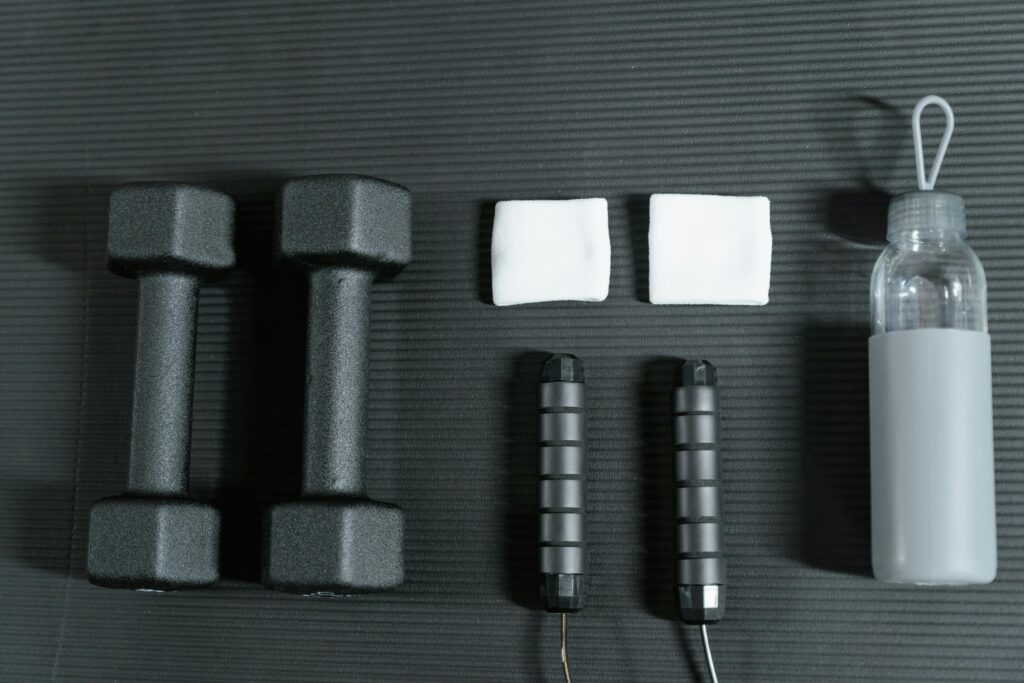set fitness goals you can actually achieve
Table of Contents
Setting fitness goals is essential for anyone looking to improve their health, body composition, or physical capabilities. However, the key to success lies in creating goals that are not just ambitious but also realistic and attainable. Many people fall into the trap of setting overly aggressive targets, leading to frustration, burnout, and ultimately giving up. To avoid this, it’s crucial to establish goals that challenge you but are also achievable with effort and consistency.
In this guide, we’ll walk you through how to set realistic fitness goals using proven strategies and the SMART framework. Whether you’re a beginner or someone looking to take your fitness to the next level, this guide will provide actionable tips to help you succeed.

1. Why Setting Realistic Fitness Goals is Important 2024 https://fitnessblog4u.com/wp-admin/post.php?post=171&action=edit
Many people start their fitness journey with high ambitions—wanting to lose a large amount of weight quickly, get a six-pack in a month, or run a marathon after only a few weeks of training. While having big dreams is commendable, setting goals that are too lofty can lead to disappointment and eventually cause people to abandon their fitness efforts altogether.
The Downside of Unrealistic Goals
Unrealistic goals create a cycle of frustration:
- Frustration: When you don’t see the quick results you were hoping for, it’s easy to get discouraged.
- Burnout: Trying to do too much, too soon can lead to both physical and mental fatigue, making it difficult to maintain motivation.
- Injury: Overtraining or improper techniques due to rushed efforts can result in injuries that set you back even further.
The Benefits of Realistic Goals
On the other hand, setting realistic goals allows for a more sustainable approach:
- Consistency: Achieving small wins keeps you motivated and builds a habit of consistency.
- Sustainable Progress: Slow, steady progress is more likely to lead to long-term results and maintainable changes.
- Increased Confidence: Meeting smaller, realistic goals will build your confidence to tackle bigger challenges down the line.
2. The SMART Framework for realistic Fitness Goals
To set yourself up for success, it’s helpful to use the SMART goal-setting framework. SMART stands for Specific, Measurable, Achievable, Relevant, and Time-bound. This method ensures that your goals are well-defined and realistic.
Specific
Your goal should be clear and specific rather than vague. Instead of saying, “I want to get fit,” try something like, “I want to be able to run 5 kilometers without stopping.” Having a clear goal makes it easier to focus your efforts and develop a plan to achieve it.
Measurable
A measurable goal means you can track your progress along the way. Instead of “I want to lose weight,” you could set a measurable goal like, “I want to lose 10 pounds.” Being able to measure progress keeps you motivated and helps you assess whether you’re on track or need to make adjustments.
Achievable
Setting achievable goals is crucial to avoid frustration. Consider your current fitness level, schedule, and resources. For instance, if you’re new to working out, running a marathon in two months might not be realistic. But if you aim to run a 5k in three months, that’s much more attainable.
Relevant
Your goal should be aligned with your broader fitness and health objectives. Ask yourself why this goal matters to you. Is it to improve your health, gain strength, or simply feel better? Ensure your goals fit your personal motivations and long-term aspirations.
Time-bound
Every goal should have a deadline to create a sense of urgency and accountability. Instead of saying, “I want to improve my strength,” set a goal like, “I want to increase my bench press by 20 pounds in 12 weeks.” This gives you a clear timeline and allows you to break down your progress into smaller, manageable chunks.

3. Break Down Larger Goals into Smaller Steps
Setting long-term fitness goals is great, but it can be overwhelming. To avoid feeling discouraged, break down larger goals into smaller, more manageable steps.
Example:
If your long-term goal is to lose 20 pounds, aim for a smaller, more attainable goal of losing 1 to 2 pounds per week. Focus on reaching these smaller milestones, and before you know it, you’ll have achieved the larger goal.
The Power of Small Wins
Every time you reach a small goal, it reinforces your motivation. These small wins make the larger goal seem more achievable, keeping you on track even when the going gets tough. Consistently hitting these smaller goals helps you build momentum, turning your short-term efforts into long-term habits.
4. Assess Your Starting Pointhttps://www.heart.org/en/healthy-living/fitness/staying-motivated/set-your-fitness-goals
Before setting any fitness goal, it’s essential to evaluate where you currently stand. Assessing your starting point ensures that the goals you set are not only realistic but also aligned with your abilities.
Ways to Assess Your Fitness Level:
- Cardiovascular Endurance: Try a simple walking or running test to measure your endurance. For example, how long can you jog without stopping?
- Strength: You can test your strength by doing push-ups or squats to see how many you can do with proper form.
- Flexibility: Measure your flexibility by doing a sit-and-reach test or assessing how far you can bend or stretch.
- Body Measurements: Track weight, body fat percentage, or specific measurements to have a clear starting point for body composition goals.
Once you know your starting point, you can create goals that are both challenging and achievable based on your current level.

5. Be Flexible and Adjust Along the Way
Life happens, and sometimes you might face setbacks such as injuries, busy schedules, or simply feeling burned out. It’s important to remain flexible and willing to adjust your goals when needed. Just because you hit a roadblock doesn’t mean you’ve failed—it’s simply part of the process.
How to Adjust Fitness Goals:
- Injury or Illness: If you get injured, modify your workouts to focus on other areas or take time to rest and recover. Adjust your timeline if needed.
- Plateaus: If you stop seeing progress, switch up your routine, increase intensity, or focus on a different aspect of fitness (like strength or flexibility).
- Busy Schedule: If your schedule becomes hectic, adjust the time you spend working out. Shorter, more frequent sessions can be just as effective.
6. Create a Support System for Accountability
One of the best ways to ensure you stay committed to your fitness goals is by creating a support system. Having people to encourage and hold you accountable makes it easier to stay motivated.
Accountability Options:
- Workout Partner: Find a friend to join your fitness journey. Having someone to train with can increase both motivation and enjoyment.
- Fitness Apps: Many fitness tracking apps offer built-in accountability features, such as goal setting, progress tracking, and even virtual workout buddies.
- Personal Trainer or Coach: Hiring a professional can help keep you on track and provide valuable guidance.
- Social Media: Join fitness communities on platforms like Instagram, Reddit, or Facebook, where people share their progress, tips, and encouragement.

7. Celebrate Small Wins
One of the most important parts of any fitness journey is recognizing and celebrating progress along the way. Achieving your ultimate goal may take time, but celebrating smaller victories—like hitting a new personal best in your workout, completing your first week without missing a session, or fitting into an old pair of jeans—will keep your motivation high.
Ideas for Celebrating Wins:
- Treat yourself to a new piece of fitness gear.
- Plan a fun, active outing with friends or family.
- Reward yourself with a rest day or a recovery spa session.
- Share your progress on social media to inspire others.
8. Avoid Common Pitfalls
When setting fitness goals, it’s easy to fall into certain traps that can derail your progress. Being aware of these common mistakes will help you stay on track and achieve your goals.
Common Pitfalls:
- Comparison: Don’t compare your progress to others. Everyone’s fitness journey is unique.
- Rushing Results: Patience is key in fitness. Don’t expect dramatic changes overnight. Focus on consistent, gradual improvement.
- All-or-Nothing Mentality: If you miss a workout or fall short of a goal, don’t give up. Recognize that setbacks are normal, and get back on track as soon as possible.
Conclusion
Setting realistic fitness goals is one of the most important steps in achieving long-term success. By using the SMART framework, breaking down large goals into smaller steps, and creating a flexible, adaptable plan, you can stay on track and maintain motivation. Remember, the journey to better health and fitness is a marathon, not a sprint. Stay patient, celebrate your progress, and keep pushing forward.
Take the first step today—set realistic fitness goals that challenge and inspire you, and watch yourself grow stronger, healthier, and more confident with each achievement!


